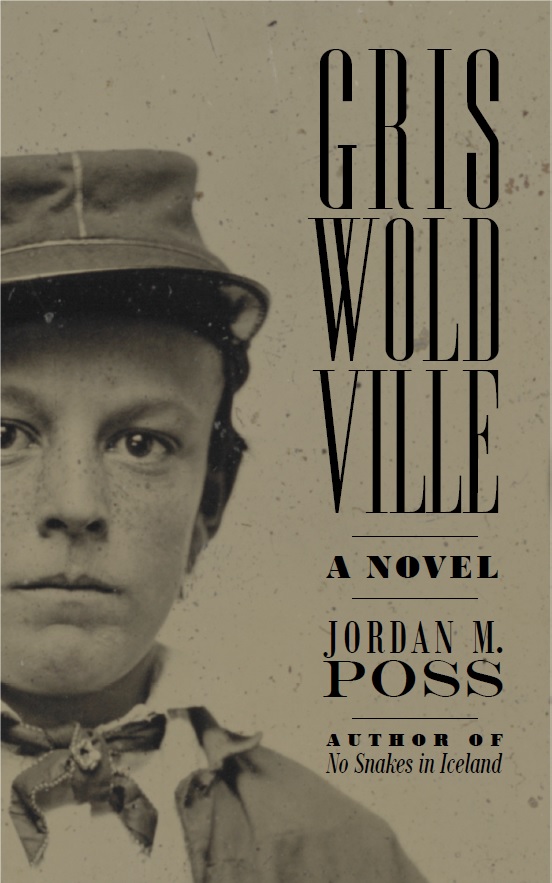Riddles in the Dark
/I’ve previously mentioned here the precise moment I knew I loved The Hobbit—reading “Riddles in the Dark” in the car on the way to the MLB Home Run Derby in Atlanta, July 10, 2000. I had just turned 16 the month before and The Hobbit was my first Tolkien, picked up on a friend’s recommendation and read with uncertainty. That car ride made me a devoted fan.
It’s unusual to be able to date one’s love for a favorite book so precisely. The special event associated with this one helps it stick in the memory, I’m sure, but it’s that chapter specifically that is so powerful. Up to Bilbo’s riddle game with Gollum I had enjoyed The Hobbit, but that chapter was a revelation, the moment I became aware that I was reading something great. To this day, rereading that chapter brings back that feeling of breathless anticipation.
The special character of this chapter has been on my mind this week because I just read “Riddles in the Dark” aloud to my kids. I’ve read The Hobbit to them once before, a few years ago. They enjoyed it, but, being much younger, I think what they enjoyed most was simply that I was reading to them.
This time through has been different. From beginning to end of “Riddles in the Dark” they showed the same breathless anticipation I felt as a teenager. They were scared for Bilbo, creeped out by Gollum, wanted to guess the answers to the riddles, and thrilled with suspense as Bilbo finally made his escape, minus his brass buttons. They loved it, and it’s been one of the best bedtime story experiences I’ve had with them. I’ve also enjoyed the excuse to reflect on one of my favorite passages in one of my favorite books.
So: Why is “Riddles in the Dark” so good? A few thoughts:
After several chapters with a crowd of dwarves, Bilbo is alone. The reader can focus on the protagonist again, and because he finds himself alone in a dangerous situation it is up to him to get out. For the first time since Bag End, he cannot simply (and literally) be carried along by the others.
Kids can identify with Bilbo. Put-upon, scolded, not often understanding what’s going on, ordered around by seemingly everyone, he now finds himself alone in the dark, and it’s a rare child that doesn’t mind that.
Further, this chapter confirms every child’s fear—there’s something in the dark! And it turns out to be one of Tolkien’s greatest creations.
Bilbo and Gollum’s encounter, a surprise followed by mutual curiosity, need, and hostility, feels exceptionally real, especially in the way it moves from one mood into another.
Games are great to read about if they’re well written and used as extensions of character—even games we don’t understand, like all the baccarat in James Bond—and Tolkien makes the riddle game instantly clear, engaging, and reflective of Bilbo and Gollum as characters.
Often overlooked, I think, is that despite the atmosphere and the threat posed by Gollum, this part of the story is funny. The tone is perfectly balanced.
Structurally, this chapter is a perfect story within the overall story.
Narratively, Tolkien uses omniscience with great skill, shifting back and forth between Bilbo and Gollum so that the stakes of the riddle game are raised and the reader feels tension through dramatic irony, knowing before Bilbo does that Gollum means to eat him.
I’m not usually one to talk psychology in fiction, but Bilbo and Gollum’s personalities are sharply realized and believable. I’m not sure Tolkien gets enough credit for the truthfulness of the people in his books. A line that stood out this time, when Gollum returns to his island and searches with increasing desperation for the ring: “Utterly miserable as Gollum sounded, Bilbo could not find much pity in his heart, and he had a feeling that anything Gollum wanted so much could hardly be something good.” So simple, so much going on.
I’m also not one to invoke “character arcs” or the dreadful “Hero’s Journey,” but Bilbo’s experience in “Riddles in the Dark” is noticeably transformative. As I noted above, it’s all on him. He has to stick up for himself both through force of arms and his wits (combining the strengths of the warlike dwarves on one hand and the intellect of Gandalf on the other). In the next chapter we learn that he’s earned the respect of the dwarves for the first time and—again, something a child will understand—that Gandalf sees through at least part of his version of the story.
The whole thing is just brilliantly written, down to the basic level of word choice and sound. Tolkien manipulates both for maximum atmosphere. The darkness of the tunnels, the weight of the stone above, and the cold and damp of Gollum’s cave are tactile.
Related: last night, after finishing the chapter with the kids, my wife complimented my voices. I couldn’t take credit: reading Gollum’s dialogue aloud almost creates his voice on its own. Tolkien loads it with sibilants, most obviously, but also lots of breathy, open-throated sounds. And unlike the smooth, respectable Bilbo, Gollum speaks with a jarring, sprung rhythm that reads naturally as disturbed and aggressive.
I should make a more formal study of Tolkien’s work in this chapter here sometime. In the meantime, the short version: This chapter of The Hobbit is the work of a great writer at the peak of his imaginative powers and technical skill. A model worth studying—and enjoying for many years.






